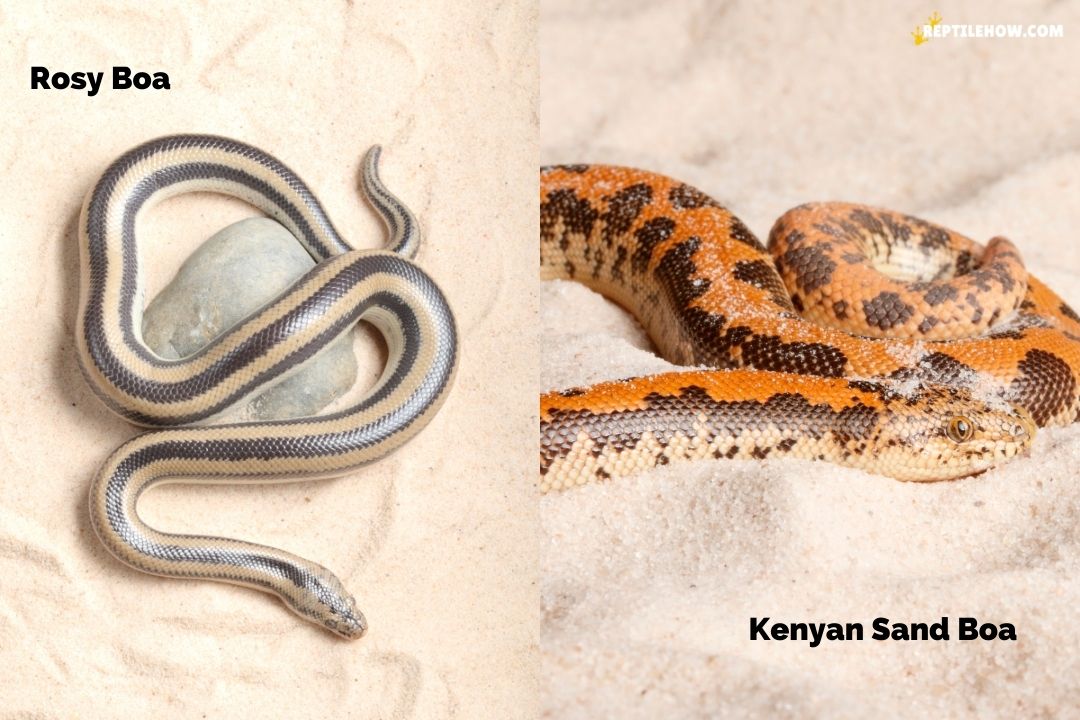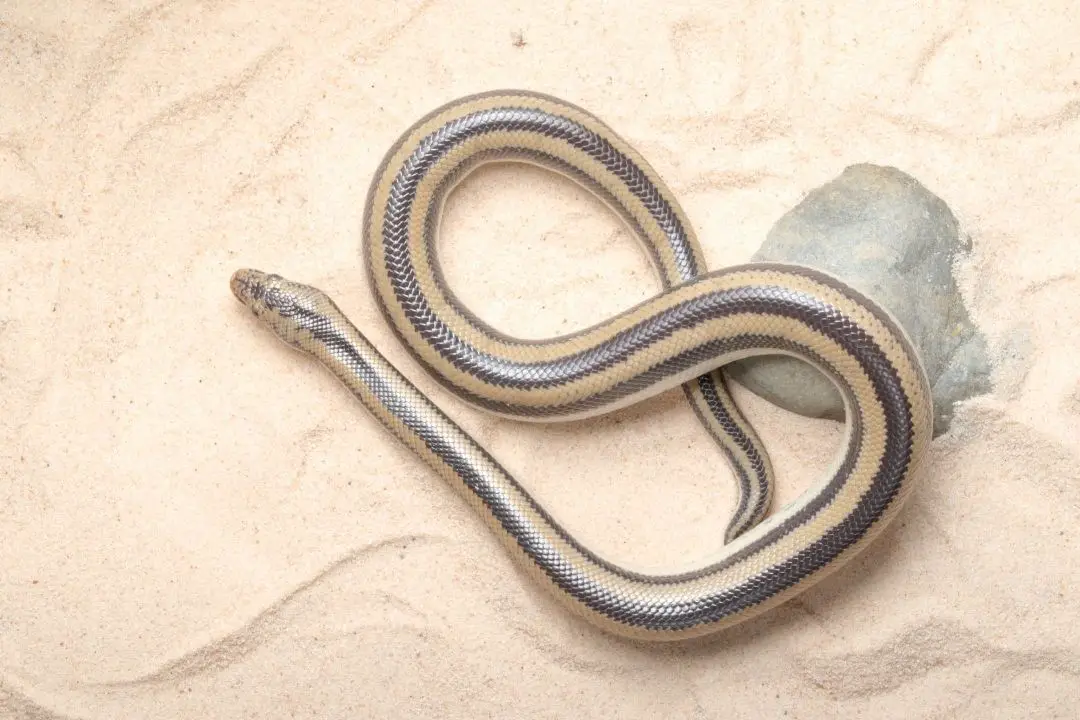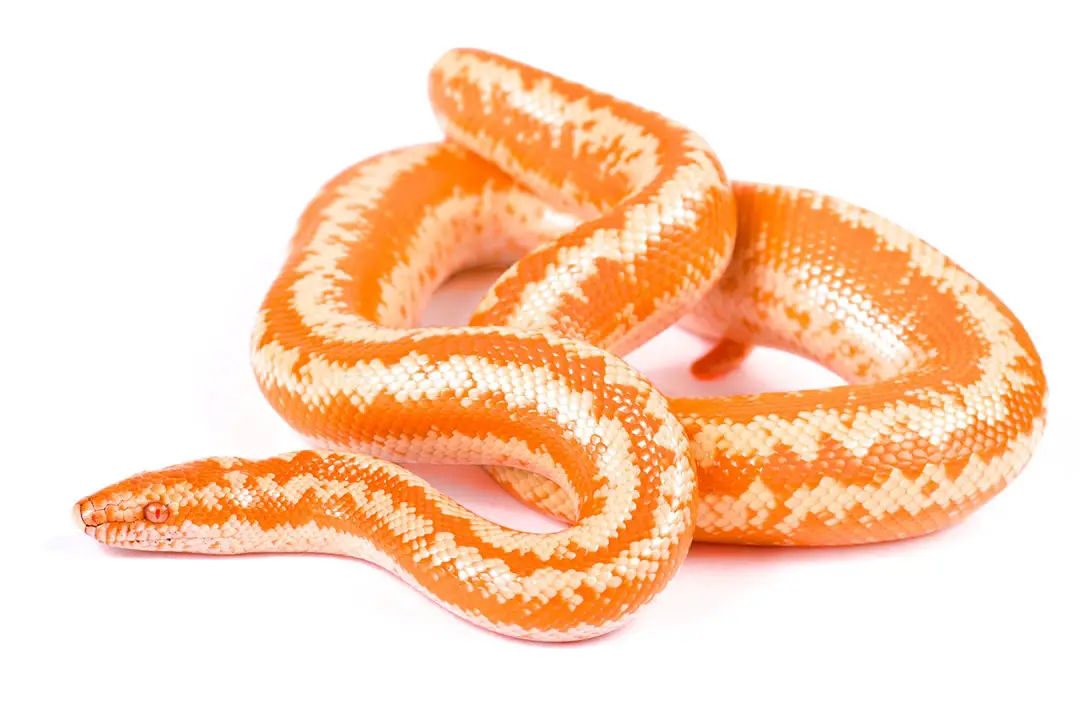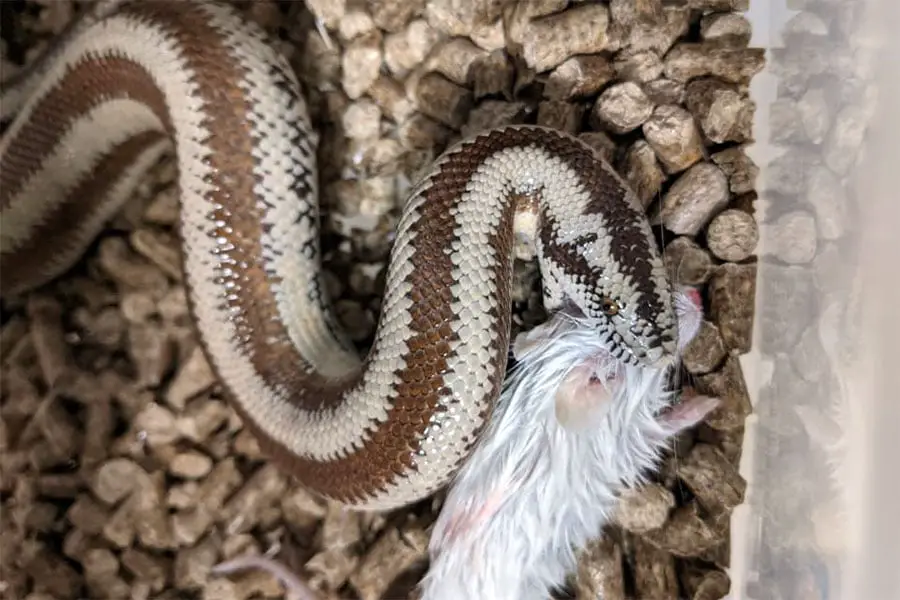Two of the most popular pet snakes for different reptile pet owners are the Rosy Boa and the Sand Boa. Aside from the fact that they are comparatively easier to buy in the exotic pet trade, the Rosy Boa and the Sand Boa are actually safer and more docile compared to other species of snake.
That’s why it is understandable why beginners like these snakes.
But what are the differences between the Rosy Boa and the Sand Boa?
Rosy Boas are generally longer and bigger than San Boas. Meanwhile, most Rosy Boas come with three stripes of pinkish or brownish color while Sand Boas usually come with a brighter. Rosy Boas are common in the American desert areas while San Boas are common in Africa and the Middle East.
Even though both the Rosy Boa and the Sand Boa are pretty similar, they also have their own differences. And so, if you don’t want to end up mistaking one for the other (although there is no harm in mistaking a Rosy for a Sand Boa and vice versa), you should know the differences between these two docile snakes.
Size
Even though both the Rosy Boa and the Sand Boa may look the same in terms of how big they are, these snakes are still generally on the small end in terms of their overall length. That’s what makes them comparatively safer compared to other snakes. And because these snakes are constrictor types, expect them to have stocky cylindrical bodies that allow them to constrict their prey. But, then again, they aren’t always the same in terms of their size.
Rosy Boa
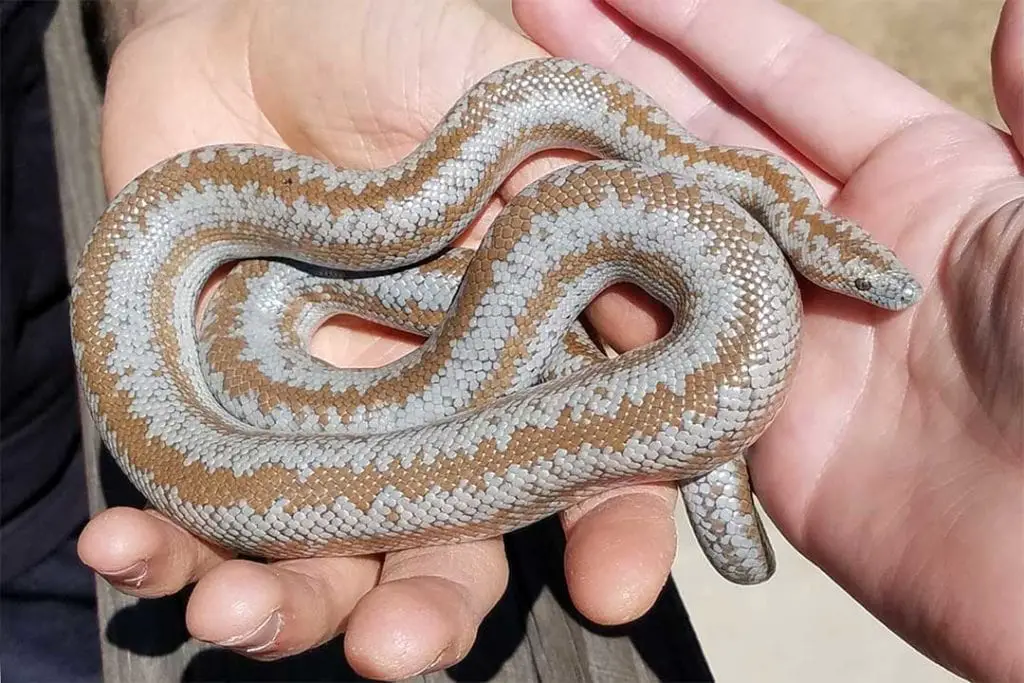
The Rosy Boa is generally the longer of the two snakes although this may vary depending on the type of Rosy Boa and where it came from.
However, most Rosy Boas are indeed longer as these snakes can reach up to three feet in length when you have a female. Meanwhile, males are usually a lot smaller than female Rosy Boas as they rarely go over two feet.
Sand Boa
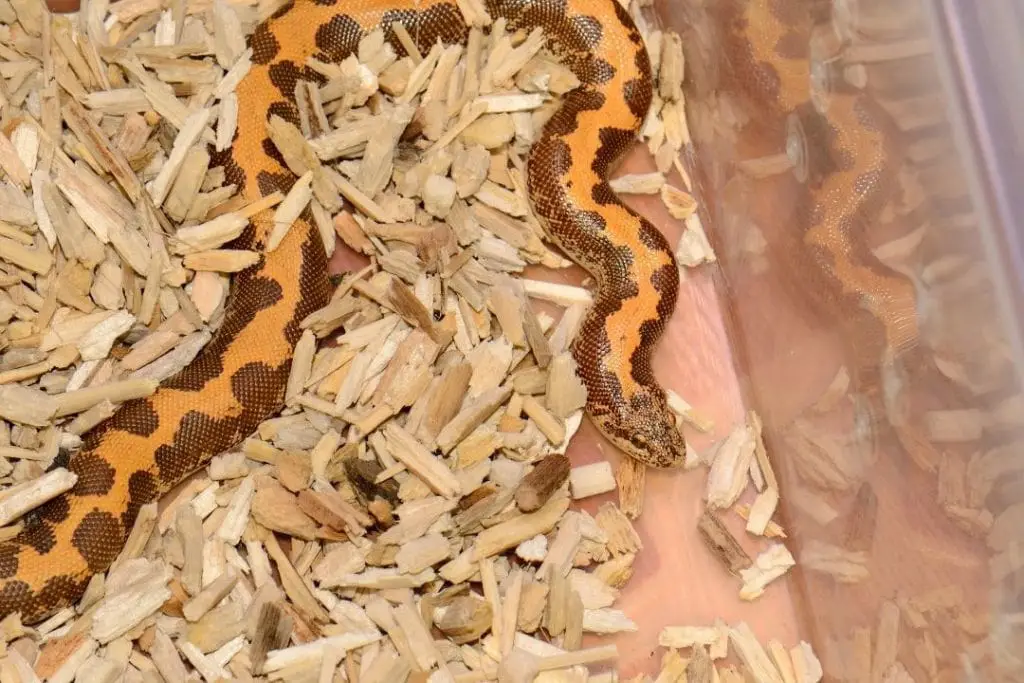
Meanwhile, the Sand Boa is not a lot smaller than the Rosy Boa as female Sand Boas can easily exceed two feet most of the time.
Meanwhile, male Sand Boas, like most snakes, are generally smaller than their female counterparts in that they are only less than two feet in length.
Most male Sand Boas are almost identical to their Rosy Boa counterparts in terms of size. But there are some types of Sand Boas that are quite long and may even exceed three feet in length.
Appearance
The Rosy Boa and the Sand Boa will differ a lot in terms of their overall appearance even though both of these snakes tend to have the same body structure. It is in the coloration where they will actually differ the most.
Rosy Boa
Everything you need to know about caring for Rosy Boas in captivity:
Read our Rosy Boa Care Sheet (Complete 101 Guide)
The Rosy Boa does not live up to its “rose” name but it still is pretty much an aesthetically appealing snake to look at. This boa constrictor snake comes with a body that is predominantly yellowish in color but will have stripes that can be pink, orange, or brown in color.
The pink stripes that they come with are probably the reasons why they come with the “rosy” description in their name.
Sand Boa
On the other hand, the Sand Boa is actually very different from the Rosy Boa in terms of its coloration and overall pattern and design. Unlike the Rosy Boa, the Sand Boa comes with spots that are scattered all over its body. Most Sand Boas have a bright coloration that is somewhere close to brownish but there are types of Sand Boas that come with a lighter body color that is actually close to white. Meanwhile, the spots you can find in their body are usually a darker shade of brown.
Distribution and habitat
This part is where both the Rosy Boa and the Sand Boa differ the most as they are found in entirely different regions and habitats from one another even though the type of environments they can be found in are quite similar in terms of temperature and climate. The consensus is that these snakes thrive in warm and desert-like environments that will allow them to have plenty of places to hide in.
Rosy Boa
The Rosy Boa can be found in a lot of different places in America but they usually inhabit the southern desert regions that are quite warm. A lot of Rosy Boas can be found in Southern California but they can extend their distribution as far as the southwestern portion of Arizona and even Mexico. As long as the place is quite warm and has an arid desert-like environment, you will most likely find a Rosy Boa.
Sand Boa
On the other hand, the Rosy Boa is predominantly found in the warmer and more arid regions of Africa and Asia. In Africa, they can be found all over the continent but they are also quite common in places like Kenya and Egypt. Meanwhile, the most likely place you can find a Rosy Boa in Asia is in the Middle Eastern countries that have a desert-like environment but they can also be found in India.
What are the major differences between the Rosy Boa and the Sand Boa?
Now that we know more about the Rosy Boa and the Sand Boa, it becomes easier for us to point out what makes these snakes different from one another.
Size-wise, the Rosy Boa is generally bigger than the Sand Boa but the difference will not immediately pop out unless you actually measure the two snakes. However, there are still some types of Sand Boas that may end up growing longer than some Rosy Boas.
Rosy Boas are decorated with stripes all over their body. These stripes come with different bright colorations. On the other hand, Sand Boas are decorated with spots that are darker than their usual brightly-colored bodies. They are very different in terms of their appearance.
Finally, Rosy Boas are most common in American desert areas that can be found in Southern California, Arizona, or even Mexico. Meanwhile, the Sand Boa is found in desert-like environments found in Africa and in certain parts of Asia such as the Middle East and India.
